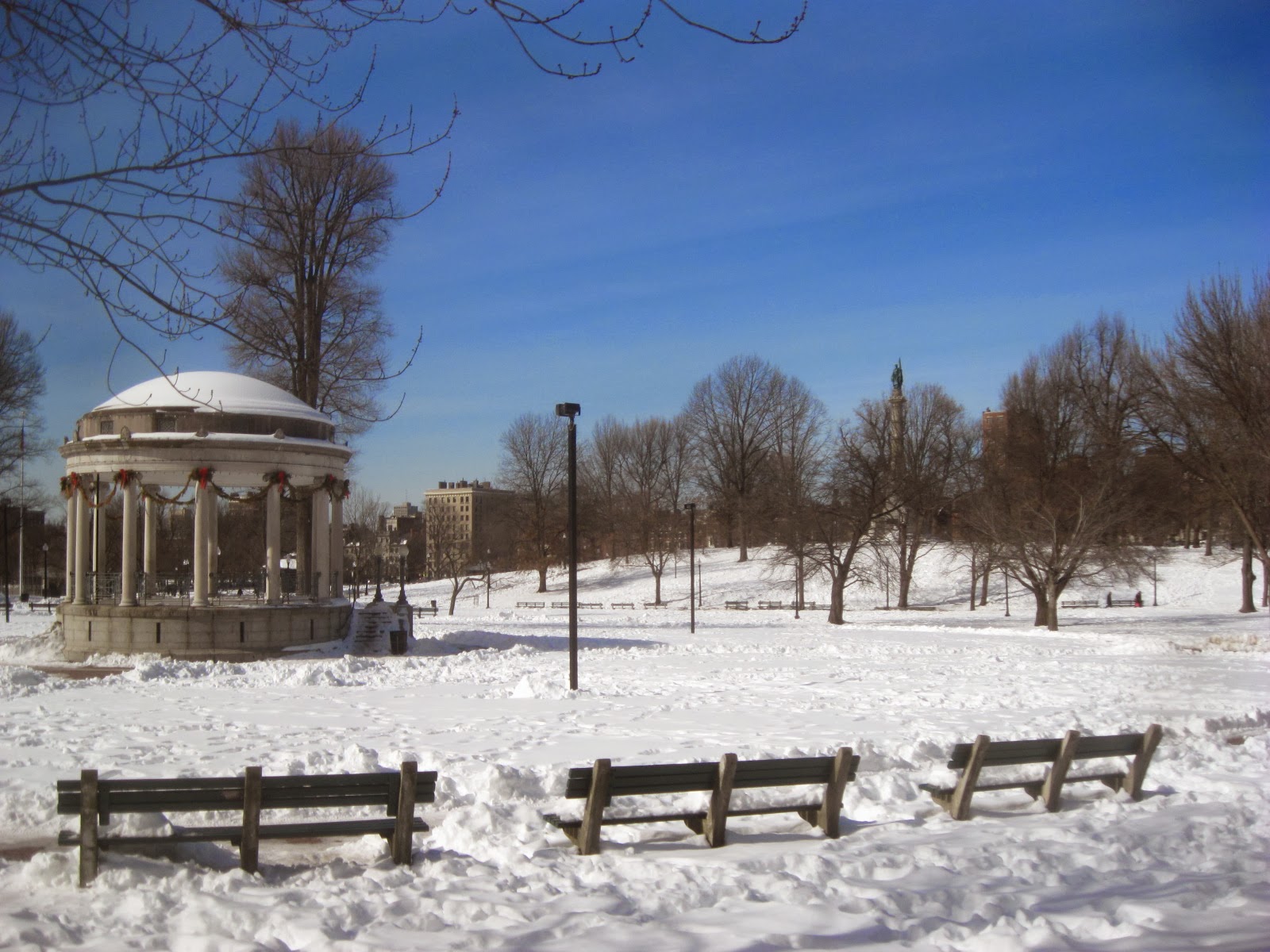According to recent researches of different Psychology scientists around the World, is is being claimed that people tend to behave differently during the year. Psychologists say that usually in the summertime people have more energy, positive attitude to life, they are friendly, have barrage of ideas, tend to be more happy and cheerful while in winter their behavior is the opposite - the majority is stressed, tired, unfriendly and bored. In psychiatry this phenomena is called seasonal affective disorder. What is it?
According to Oxford English Dictionary, “seasonal affective disorder (noun) is a form of depression which tends to occur during the same season, usually winter, every year and it is characterized by loss of motivation, hypersomnia, and often a craving for foods rich in carbohydrates”. From this we can understand that during such a disorders a person feels lack of energy, which causes eating a lot of carbohydrates food, which provides energy storage in the organism, and sleeping a lot, which also leads to the same results. The term “seasonal affective disorder” is often and commonly abbreviated to “S.A.D.” which is sarcastically linked to the word “sad”, describing a state of mind of a person suffering an S.A.D.
Wikipedia claims that the term “seasonal affective disorder” is also known as some other definitions, such as “winter depression”, “winter blues”, or “seasonal depression”, with the following definition, “S.A.D. was considered a mood disorder in which people who have normal mental health throughout most of the year experience depressive symptoms in the winter or summer”.
The history of this term is pretty short and counts only thirty years. According to Wikipedia, “S.A.D. was formally described and named in 1984 by Norman E. Rosenthal and colleagues at the National Institute of Mental Health”. However, one year before, on December 21, 1983, it was described in Chicago Sun - Times newspaper that “The dark moods that come with shorter days of winter are called Seasonal Affective Disorder.” Also in mass media, in Scientific American magazine in August of 1986, it was claimed that “Two-thirds of people who have a recently recognized syndrome, seasonal affective disorder (SAD), crave carbohydrates and gain weight when they are depressed.” This is also one of the early descriptions of the term, which includes some statistics.
In the Diagnostic and Statistical Manual of Mental Disorders DSM-IV and DSM-V, the status of seasonal affective disorder was recently changed. It is no longer classified as a unique mood disorder but is now a specifier called “with seasonal pattern for recurrent major depressive disorder that occurs at a specific time of the year and fully remits otherwise”. The United States National Library of Medicine also has something to say about S.A.D.: "some people experience a serious mood change when the seasons change. They may sleep too much, have little energy, and may also feel depressed. Though symptoms can be severe, they usually clear up." Hence, the condition in the summer can include heightened anxiety. Its causes, incidence and risk factors the library describes as following: “SAD may begin during the teen years or in adulthood. Like other forms of depression, it occurs more often in women than in men. People who live in places with long winter nights are at greater risk of SAD. A less common form of the disorder involves depression during the summer months.”
Apart from that, National Alliance on Mental Illness website describes the symptoms of seasonal affective disorder as very common ones. “Some people experience these only at times of stress, while others may experience them regularly at certain times of the year. Seasonal affective disorder (SAD) is characterized by recurrent episodes of depression, usually in late fall and winter, alternating with periods of normal or high mood the rest of the year.” For this very new kind of recognized specific mental disorder there are already some methods of treatment being recently discovered. Also from Wikipedia it can be referred that there are many different treatments for classic (winter-based) seasonal affective disorder, including light therapy with sunlight or bright lights,antidepressant medication, cognitive-behavioral therapy, ionized-air administration, and carefully timed supplementation of the hormone melatonin. The A.D.A.M. Medical Encyclopedia states that S.A.D.’s symptoms are usually build up slowly in the late autumn or winter months. Its symptoms Encyclopedia sees as usually the same as with other form of depression: hopelessness, increased appetite with weight gain, increased sleep, less energy and ability to concentrate, loss of interest in work or other activities, sluggish movements, social withdrawal, unhappiness and irritability. It is also claimed that S.A.D. can sometimes can become long-term depression. Bipolar disorder or thoughts of suicide are also possible.
Apart from light therapy, the encyclopedia describes another form of treatment, which is managing patient’s depression at home. In case you have S.A.D., encyclopedia suggests to get enough sleep, eat a healthy foods, take medicines the right way, learn to watch for early signs that your depression gets worse and have a plan if it’s worse, exercise more often and do activities that make you happy, not to use alcohol or illegal drugs, which can make the depression worse and affect your judgment about suicide, and talk to someone you trust.
Other resources, such as Mayo Clinic website, WebMD Depression Health Center, health.com or Kids Health Encyclopedia, describe S.A.D. very similarly and gives pretty the same causes and symptoms not depending on each other or giving any links to the original sources of information. The last one gives a very good example of S.A.D.: “Maggie started off her junior year of high school with great energy. She had no trouble keeping up with her schoolwork and was involved in several after-school activities. But after the Thanksgiving break, she began to have difficulty getting through her assigned reading and had to work harder to apply herself. She couldn't concentrate in class, and after school all she wanted to do was sleep. Maggie's grades began to drop and she rarely felt like socializing. Even though Maggie was always punctual before, she began to have trouble getting up on time and was absent or late from school many days during the winter. At first, Maggie's parents thought she was slacking off. They were upset with her, but figured it was just a phase — especially since her energy finally seemed to return in the spring. But when the same thing happened the following November, they took Maggie to the doctor, who diagnosed her with a type of depression called seasonal affective disorder.”
I am personally affected by seasonal affective disorder, but very slightly. I do not undergo any treatment and just try not to pay attention on it and involve myself in the activities I am interested in, and that would be my first recommendation to the people who are also affected by it. In my opinion, communicating with interesting and friendly people is also a great way to cope with it.
















